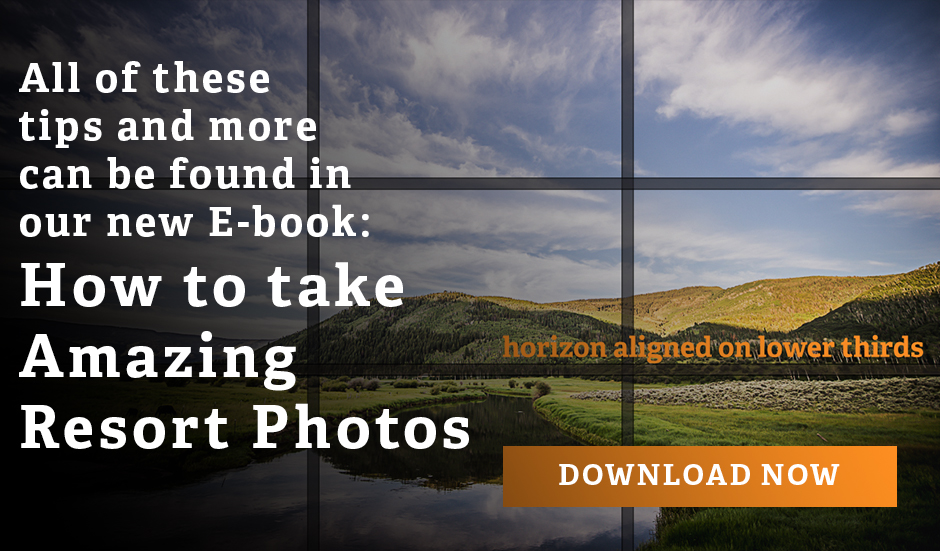5 Photography Trends for 2017
We are well into 2017 and trends for the rest of the year are starting to manifest in unique ways. We have seen trends appear and disappear on Instagram, the same is true with photography.
Color is back
With the rise in Instagram’s popularity over the years, it’s easy to see how filters have become equally popular. Filters that have a vintage look and feel leave a lot to be desired in the realm of color and depth. Customers are searching for the term color surge specifically looking for images high in color and dynamic range. With this rise in interest in color schemes, color is no longer a component of a picture; it becomes the star.
No Filter
Speaking of Instagram’s readymade filters, Another trend we are likely to see in 2017 is the No Filter trend. Brands are now taking aspects of photojournalism to utilize in their marketing to relate to a younger audience. The goal of these images is to portray products or a lifestyle in such a way that the audience connects with the brand. This transparent approach to visual marketing allows consumers to connect with brands that best reflect their lifestyle and ideals.
Film is making a comeback
As someone who owns 12 film cameras, I am excited about this trend. Earlier this year, Kodak announced that they would bring a favorite slide film that consumers loved, Ektachrome. The creative process that comes with using film forces the user to understand the fundamentals of their shot from all aspects. When you shoot with film, you don’t have the instant gratification of reviewing your shot and making adjustments.
Virtuality
While new technologies are becoming more and more readily available, it’s easy to see how users will adapt this technology to create new visual trends. A popular trend quickly on the rise are fully immersive photos with 360-degree capabilities. Stitching panoramas together, users can now use their headsets to view these images as if they were right in the environment with the shooter. This trend allows the shooter creative freedom to utilize everything around them, instead of only what the camera lens could see.
There’s still room for new photographers
With visual content consumption always on the rise, there is a need for new photographers. Photography equipment is becoming more and more user-friendly which allows consumers an opportunity to capture the moments in their life that are important to them. With travel also becoming more affordable, photographers can venture out and see more of the world while focusing on their photography skills. If you haven’t already done so, check out our technical guide on shooting resort photos.

